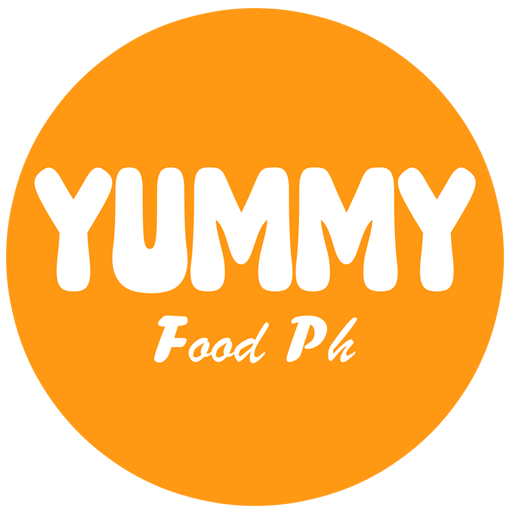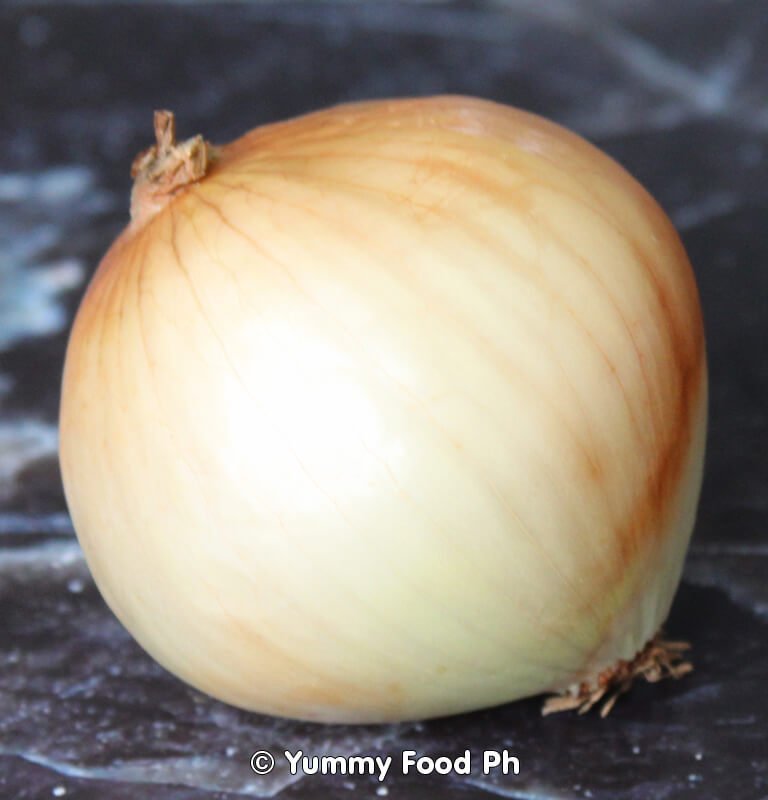Yellow Onion – one of many varieties of onions.
Yellow Onion: The Culinary Workhorse of the Allium Family
Introduction
The yellow onion (Allium cepa) stands as the undisputed champion of kitchen staples, earning its title as the “all-purpose onion” through unparalleled versatility. Representing about 80% of commercial onion production in North America, this golden-skinned bulb forms the foundational flavor base for countless global cuisines. Its perfect balance of pungency and sweetness, coupled with exceptional caramelization properties, makes it indispensable for both professional chefs and home cooks.
Distinctive Characteristics
- Physical Attributes:
- Layered Structure: 10-12 concentric rings of white-yellow flesh
- Protective Skin: Thick, papery golden-brown outer layers
- Size Variability: 2-6 inches diameter (jumbo varieties up to 1lb)
- Flavor Profile:
- Raw: Sharp, sulfurous notes (8-10% sugar content)
- Cooked: Develops rich umami and buttery sweetness
- Caramelization: Maillard reaction produces complex flavor compounds
Culinary Applications
Preparation Techniques:
- Basic Prep:
- Root-end retention for even dicing
- Cold water soak reduces eye irritation
- Vertical-horizontal cutting method
- Cooking Methods:
- Sweating: Low heat to release moisture
- Sautéing: Medium heat for flavor base
- Caramelizing: 45+ minute slow cook
Global Usage Patterns:
- French: Mirepoix (with celery/carrot)
- Indian: Bhuna technique (fried until golden)
- American: Burger topping/onion rings
- Latin: Sofrito base
Varietal Differences
- Standard Yellow: Robust flavor, best for cooking
- Spanish Onion: Milder, slightly sweeter
- Vidalia-Type: Grown in low-sulfur soils
- Storage Varieties: Higher solids content
Nutritional Benefits
- Quercetin: Potent antioxidant
- Vitamin C: 10% DV per cup
- Prebiotic Fibers: Supports gut health
- Chromium: Blood sugar regulation
Selection & Storage
- Choosing: Firm bulbs with dry, crackly skins
- Storing:
- Cool (50°F), dry, ventilated area
- 2-3 month shelf life
- Avoid plastic bags (promotes mold)
Professional Tips
- Caramelization Hack: Add pinch baking soda
- Freezing: Pre-cooked onions store well
- Knife Care: Use ceramic blade to prevent staining
These ingredients are frequently used in culinary preparations.
Product: Bulb, Onions
Category: Vegetables for Cooking
Characteristics: Typically, the white flesh is spherical and flaky on the outside.
Appearance: Skin ranges in color from yellow to gold to copper and has darker outer layers and lighter inner layers.
Flavor: They can be sweet or sour, soft or crisp, tangy or dripping with umami. Depending on the variety.
Size: the diameter ranges from a few inches to six inches.
Availability: Year-round
Suggested preparations/common use: It is frequently prepared and added to a wide range of recipes. Some of the sweeter varieties might be good eaten raw, like sandwiches stuffed with slices of white onions.
Conclusion
The yellow onion’s remarkable chemical transformation during cooking – from harsh and acidic to sweet and savory – exemplifies the magic of culinary chemistry. As both flavor foundation and featured ingredient, it bridges cultural divides in world cuisine. From the humblest soup pot to Michelin-starred kitchens, this golden bulb continues to prove that true culinary excellence often starts with the simplest ingredients. Its reliability and transformative power ensure the yellow onion will remain essential to cooking traditions for generations to come.
Visit us on YouTube: Yummy Food PH

